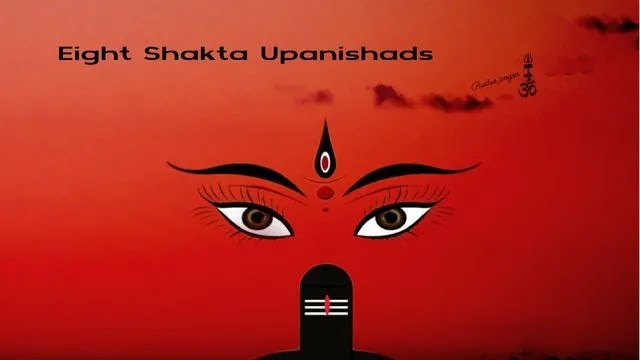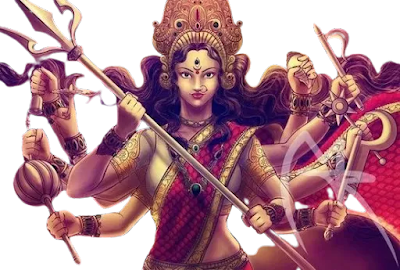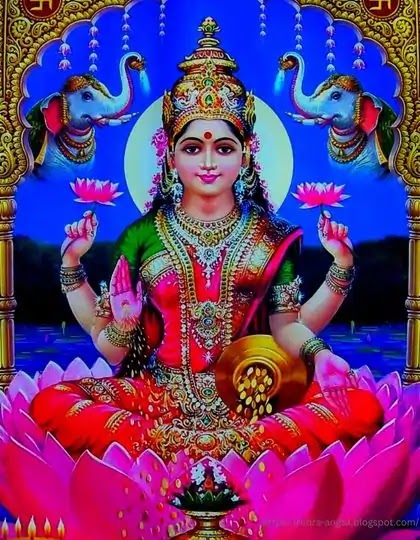Exploring ‘Eight Shakta Upanishads’ of Divine Feminine
The Shakta Upanishads are a group of eight Hindu texts that form part of the corpus of the Upanishads, which are considered to be the most ancient and sacred texts of Hinduism. The term "Shakta" is derived from the Sanskrit word "shakti," which means "power" or "energy," and these Upanishads are so named because they focus on the worship of the Divine Feminine or Shakti.
The eight Shakta Upanishads are:
Devi Upanishad
Tripura Upanishad
Sri Vidya Upanishad
Saubhagya-Lakshmi Upanishad
Bhavana Upanishad
Nilasarasvati Upanishad
Sita Upanishad
Yoga-Kundalini Upanishad
Each of these Upanishads focuses on a different aspect of the Divine Feminine, and they are considered to be important texts for the worship of the goddess in Hinduism.
Devi Upanishad:
The Devi Upanishad is also known as the Durga Upanishad, and it is considered to be one of the most important of the Shakta Upanishads. It focuses on the worship of the goddess Durga, who is considered to be a form of the Divine Feminine that is associated with power and protection. The text describes Durga's qualities and attributes and outlines various methods of worship that can be used to connect with her.
Tripura Upanishad:
The Tripura Upanishad focuses on the goddess Tripura, who is considered to be a form of the Divine Feminine that is associated with the three worlds of existence - the physical world, the world of the mind, and the world of the spirit. The text describes Tripura's qualities and attributes and outlines various methods of worship that can be used to connect with her.
Sri Vidya Upanishad:
The Sri Vidya Upanishad is also known as the Lalita Upanishad, and it focuses on the worship of the goddess Lalita Tripura Sundari. Lalita Tripura Sundari is considered to be a form of the Divine Feminine that is associated with beauty, grace, and abundance. The text describes Lalita's qualities and attributes and outlines various methods of worship that can be used to connect with her.
Saubhagya-Lakshmi Upanishad:
The Saubhagya-Lakshmi Upanishad focuses on the goddess Lakshmi, who is considered to be a form of the Divine Feminine that is associated with wealth, prosperity, and good fortune. The text describes Lakshmi's qualities and attributes and outlines various methods of worship that can be used to connect with her.
Bhavana Upanishad:
The Bhavana Upanishad focuses on the goddess Bhavani, who is considered to be a form of the Divine Feminine that is associated with the creative force of the universe. The text describes Bhavani's qualities and attributes and outlines various methods of worship that can be used to connect with her.
Nilasarasvati Upanishad:
The Nilasarasvati Upanishad focuses on the goddess Saraswati, who is considered to be a form of the Divine Feminine that is associated with knowledge, wisdom, and learning. The text describes Saraswati's qualities and attributes and outlines various methods of worship that can be used to connect with her.
Sita Upanishad:
The Sita Upanishad focuses on the goddess Sita, who is considered to be a form of the Divine Feminine that is associated with devotion, purity, and faithfulness. The text describes Sita's qualities and attributes and outlines various methods of worship that can be used to connect with her.
Yoga-Kundalini Upanishad:
The Yoga-Kundalini Upanishad focuses on the practice of Kundalini yoga, which is a spiritual practice that aims to awaken the Kundalini energy, a dormant spiritual energy that is believed to be coiled at the base of the spine. The text describes various techniques for awakening the Kundalini energy, and it also discusses the role of the Divine Feminine in this process.
Overall, the Shakta Upanishads are considered to be important texts for the worship of the goddess in Hinduism, and they provide a rich and varied set of practices and teachings for those who are interested in connecting with the Divine Feminine. The Upanishads are often studied and practiced by devotees of the goddess, and they are also an important part of the broader tradition of Hinduism.
Shakta Upanishads are a set of eight Hindu texts that focus on the worship of the Divine Feminine, or Shakti. Each of these Upanishads focuses on a different aspect of the goddess, and they provide a rich set of teachings and practices for those who are interested in connecting with the Divine Feminine. The Shakta Upanishads are an important part of the Hindu tradition, and they continue to be studied and practiced by devotees of the goddess today.







.webp)
